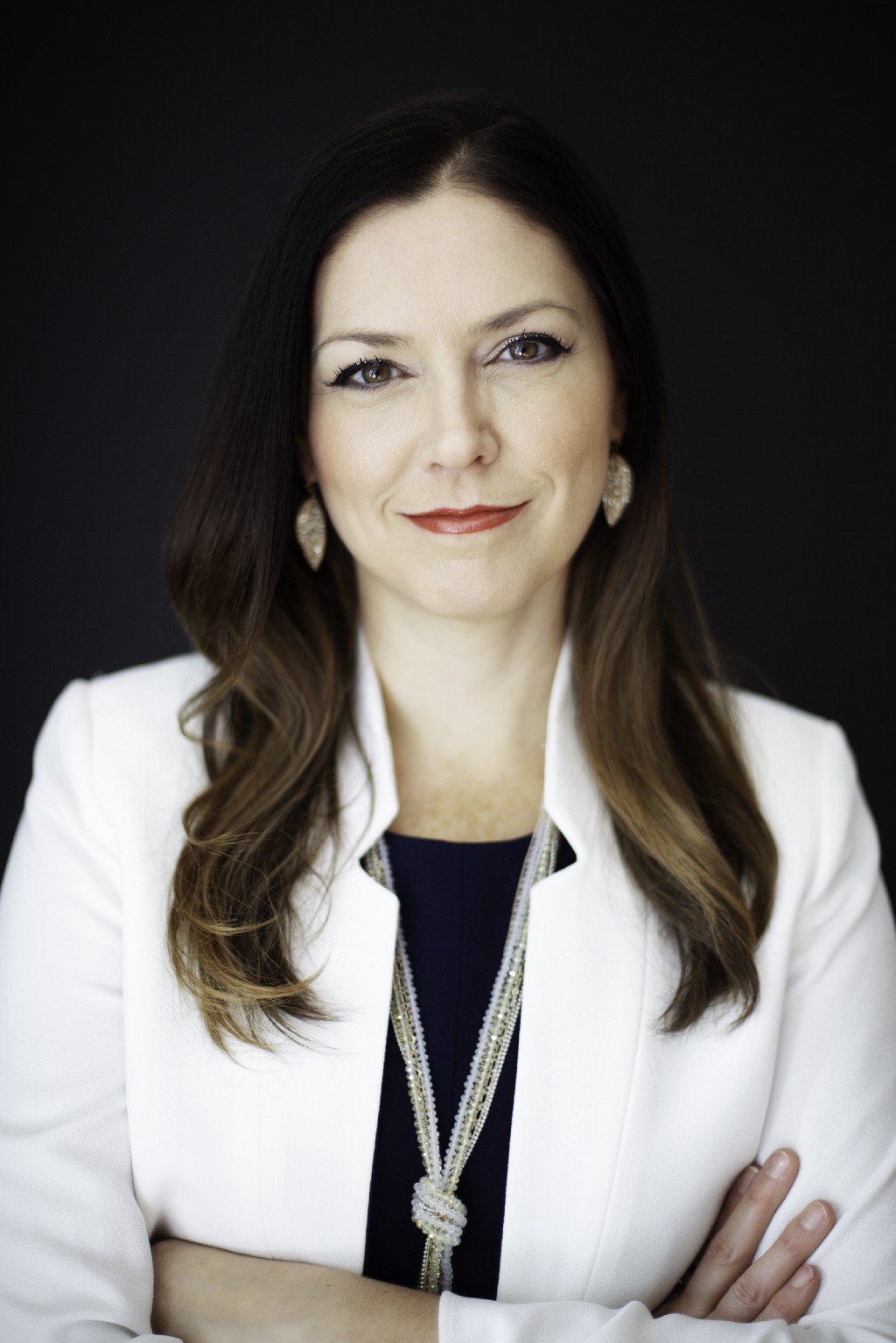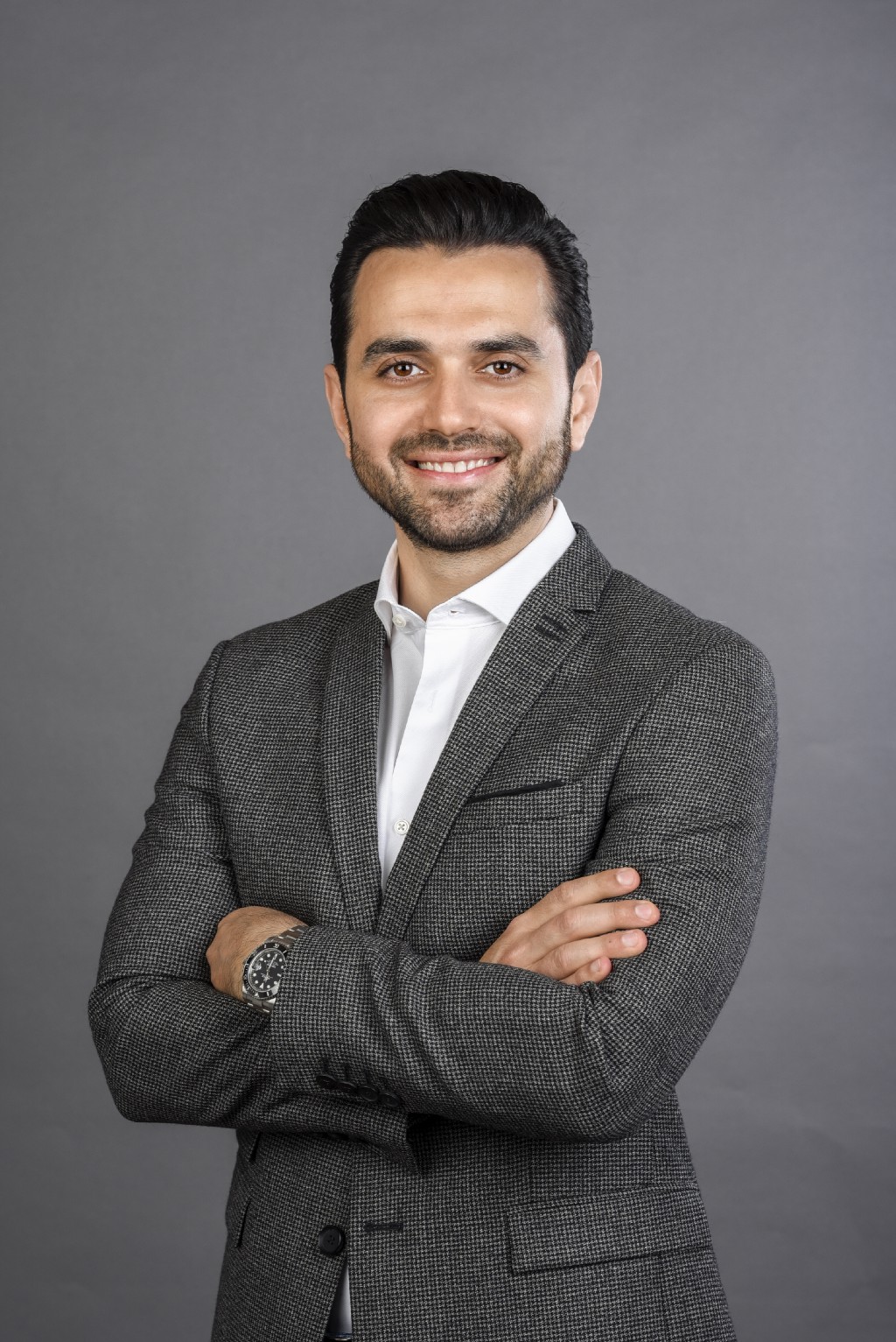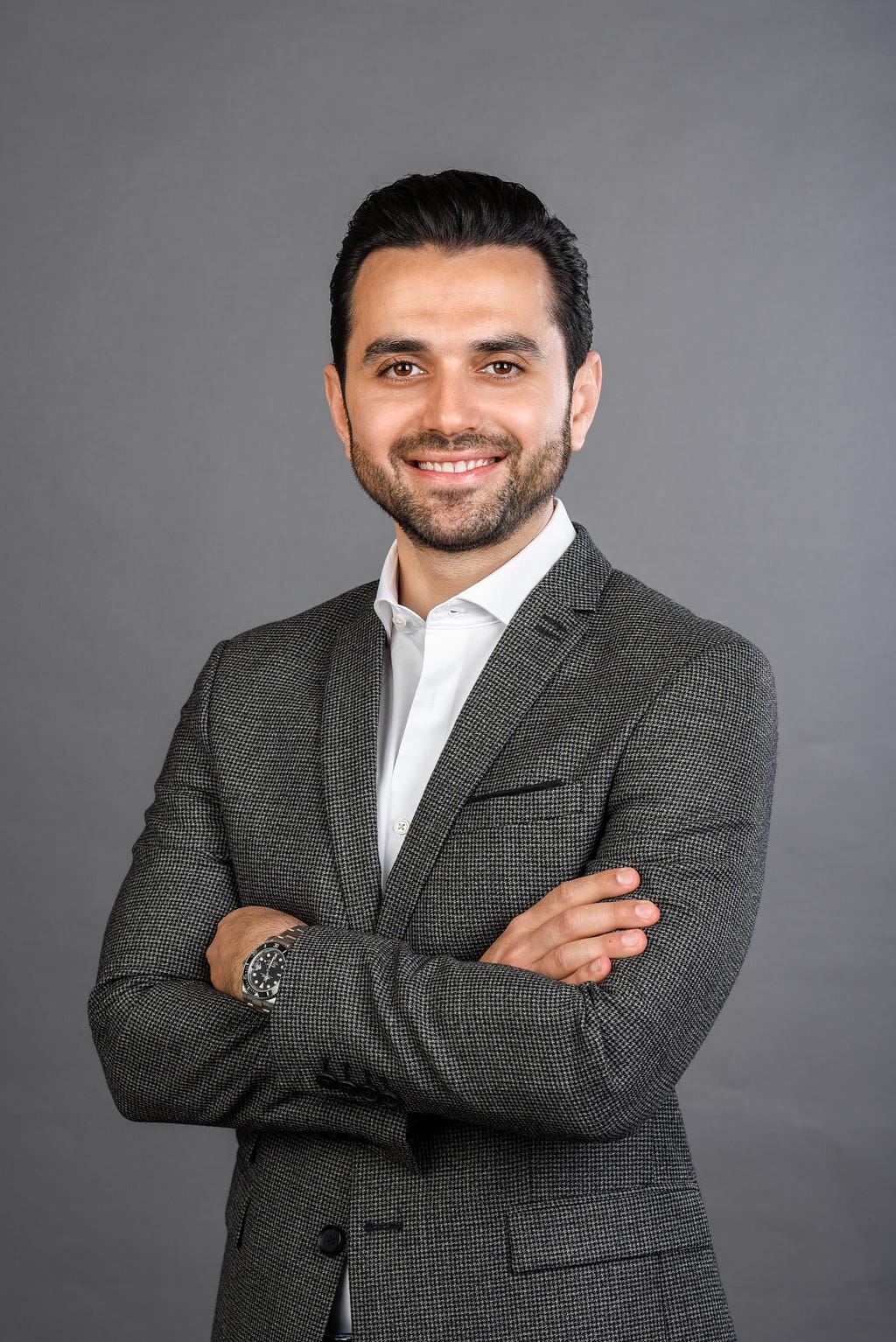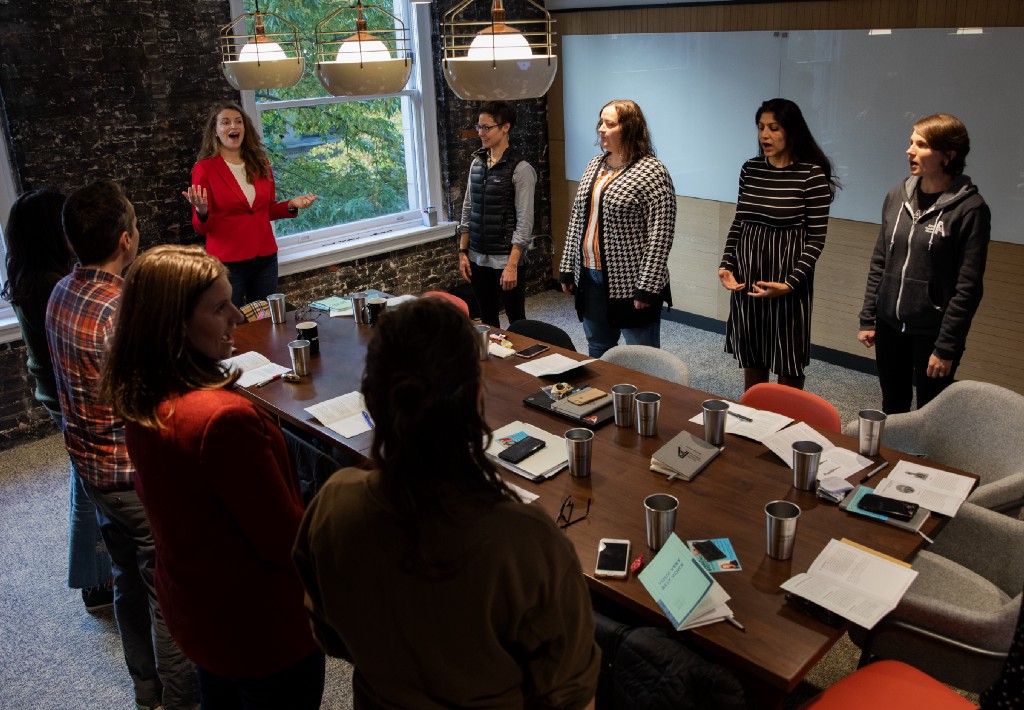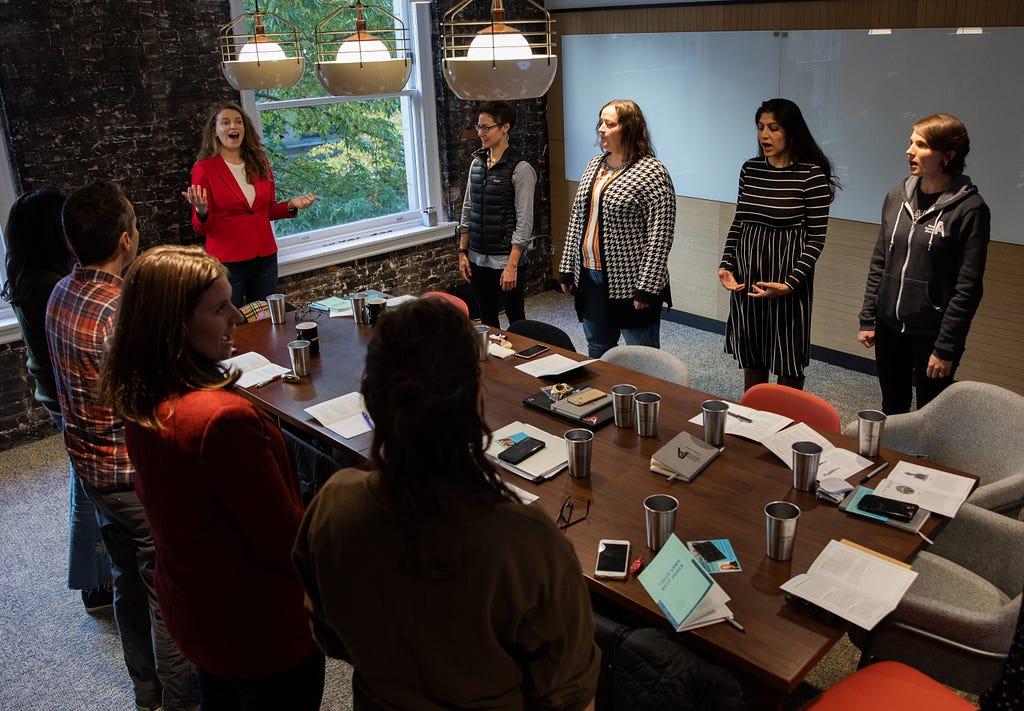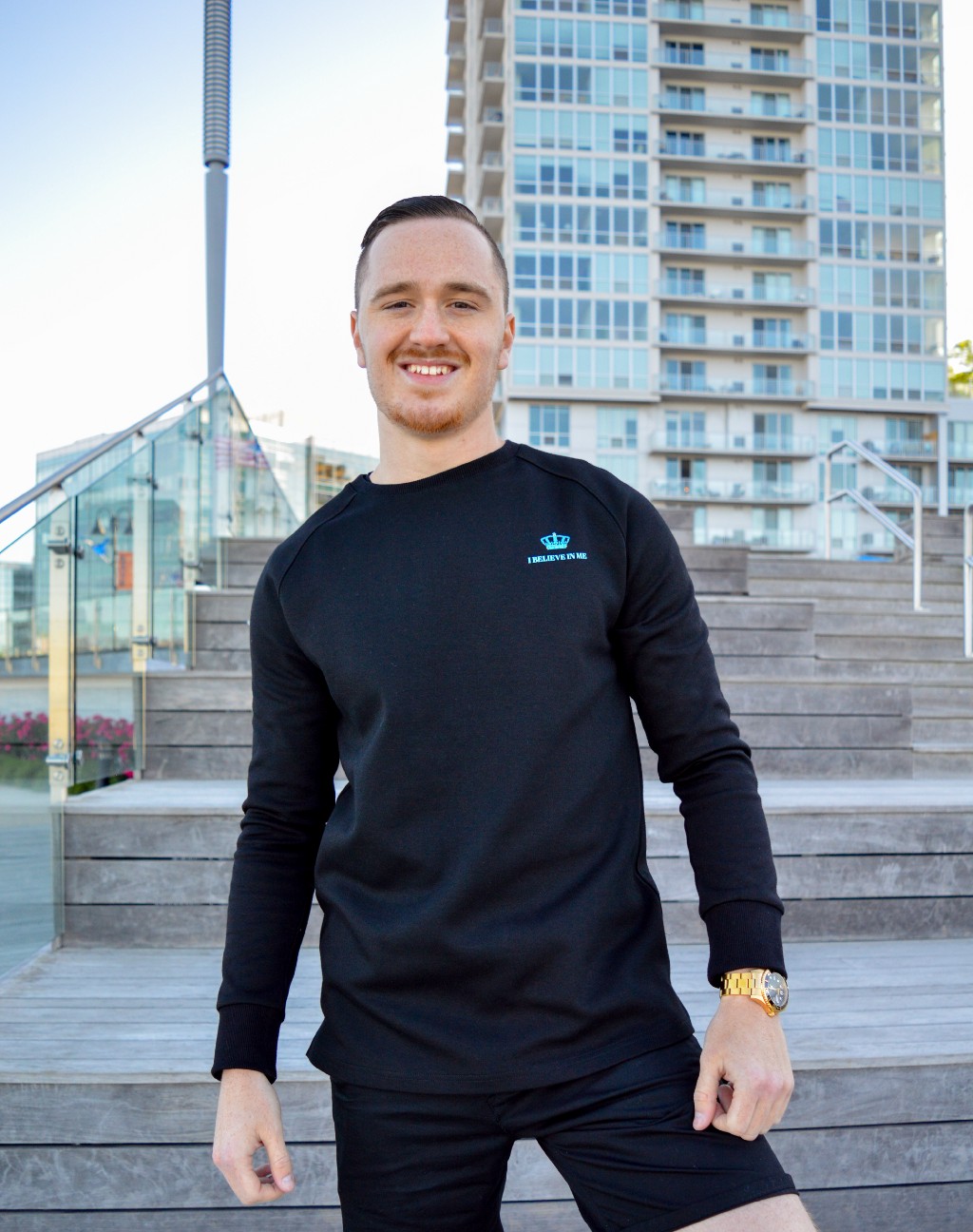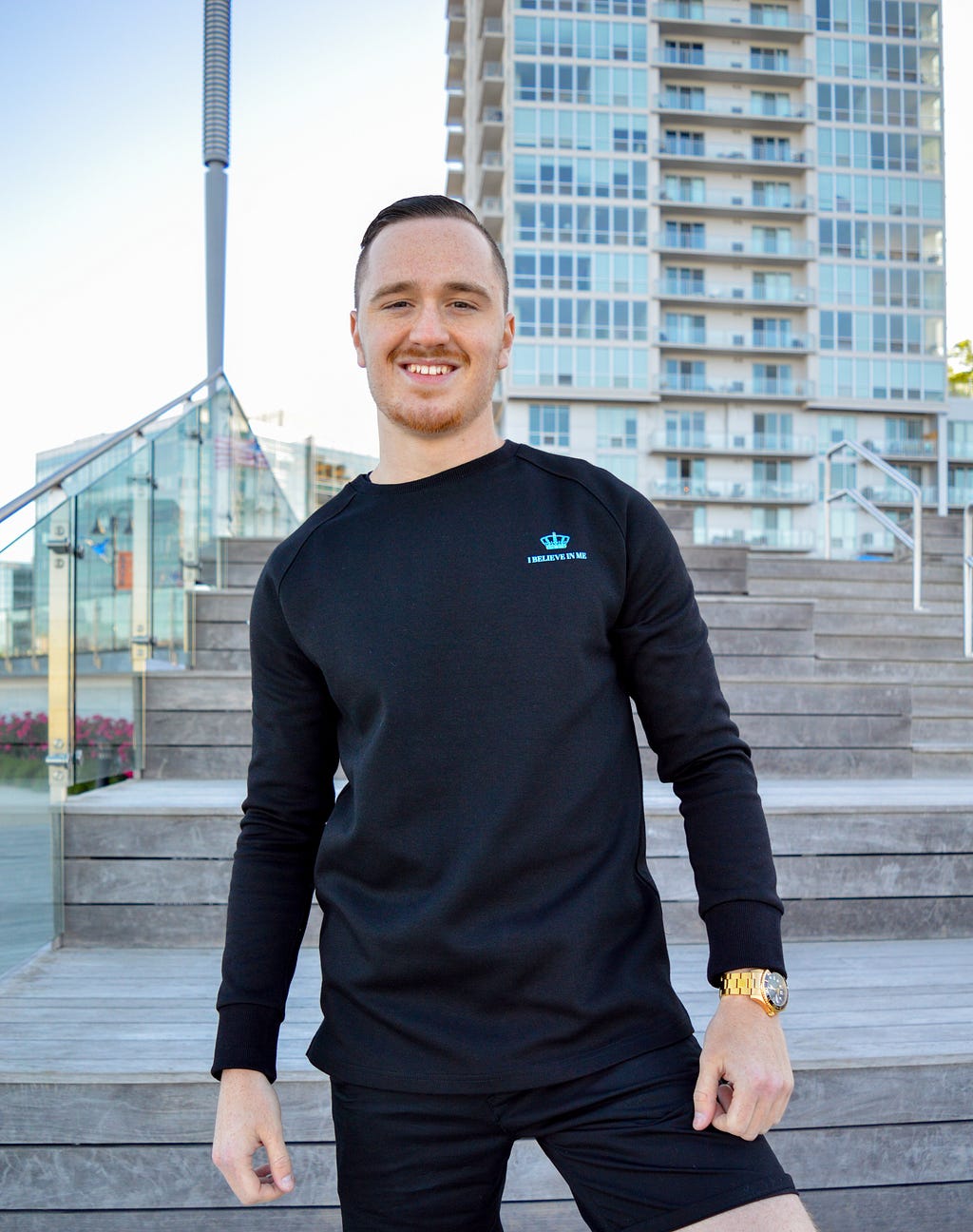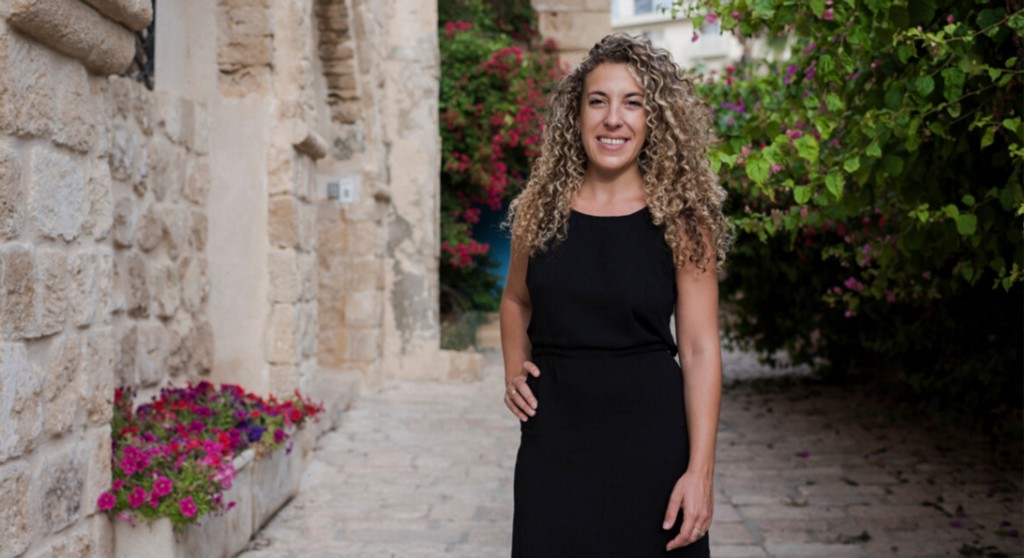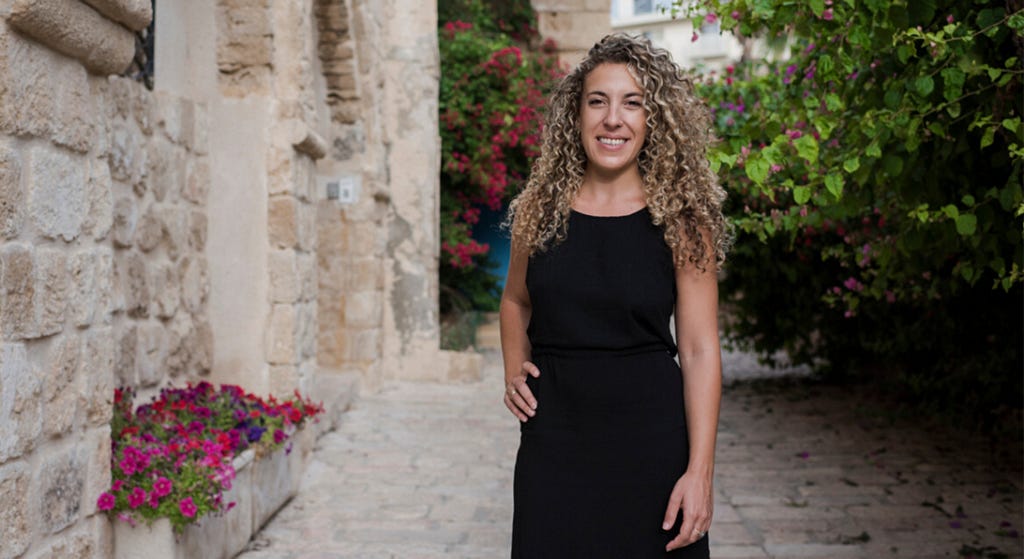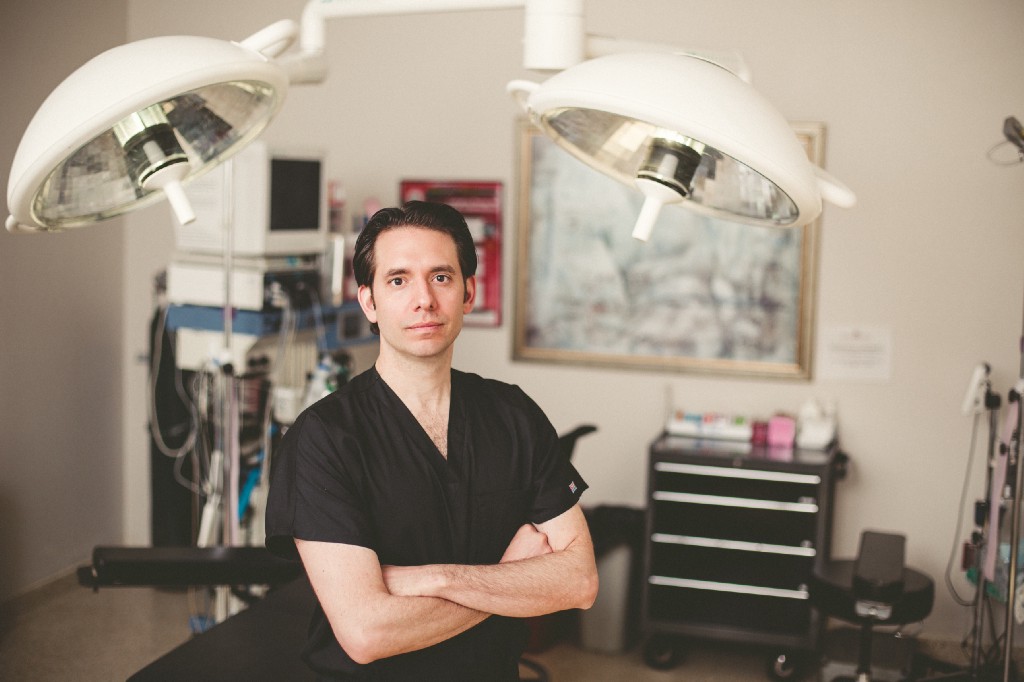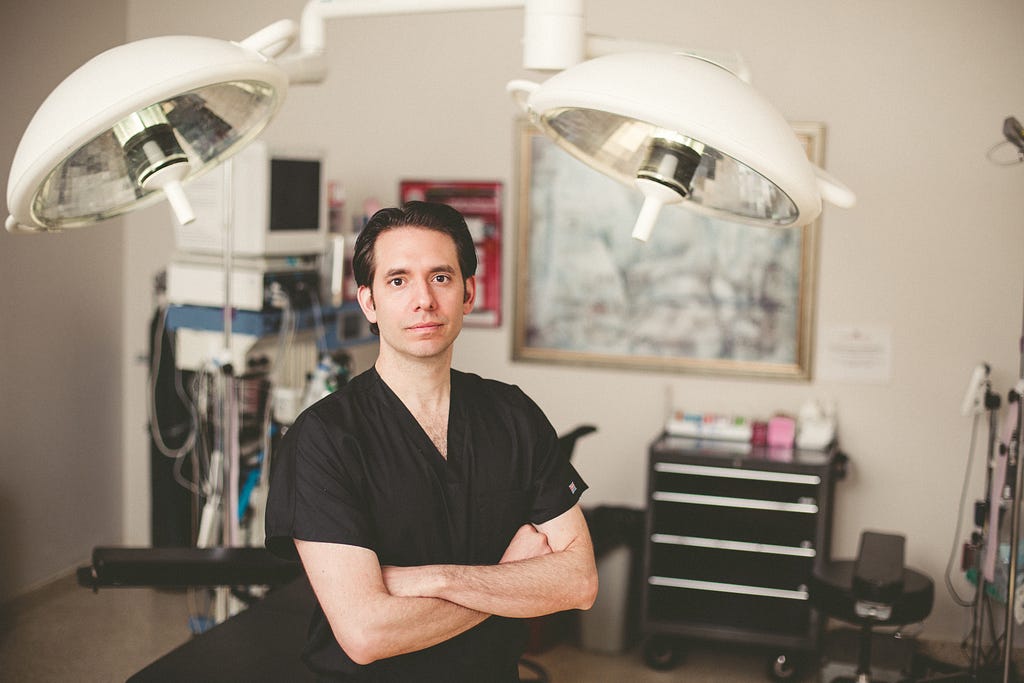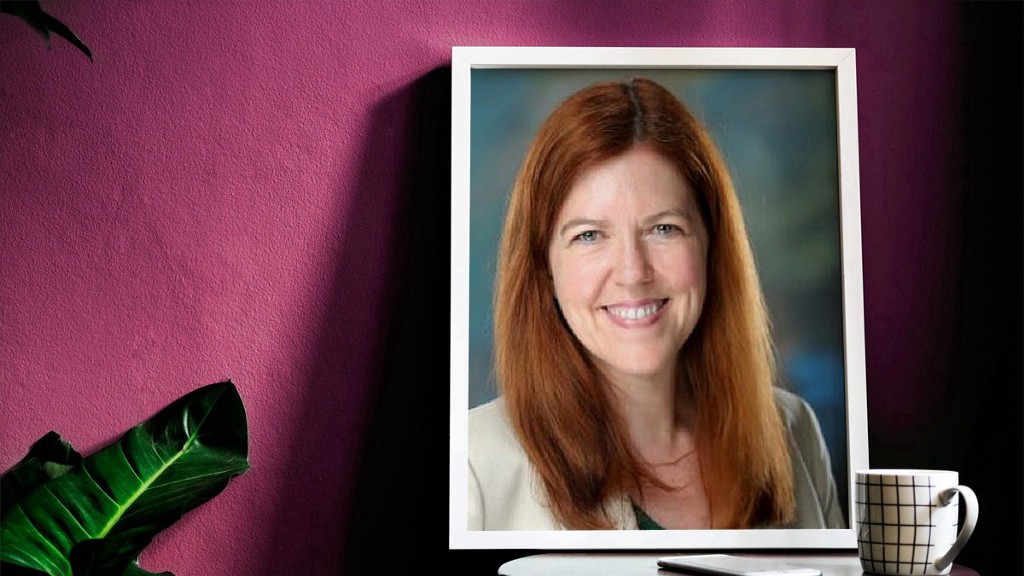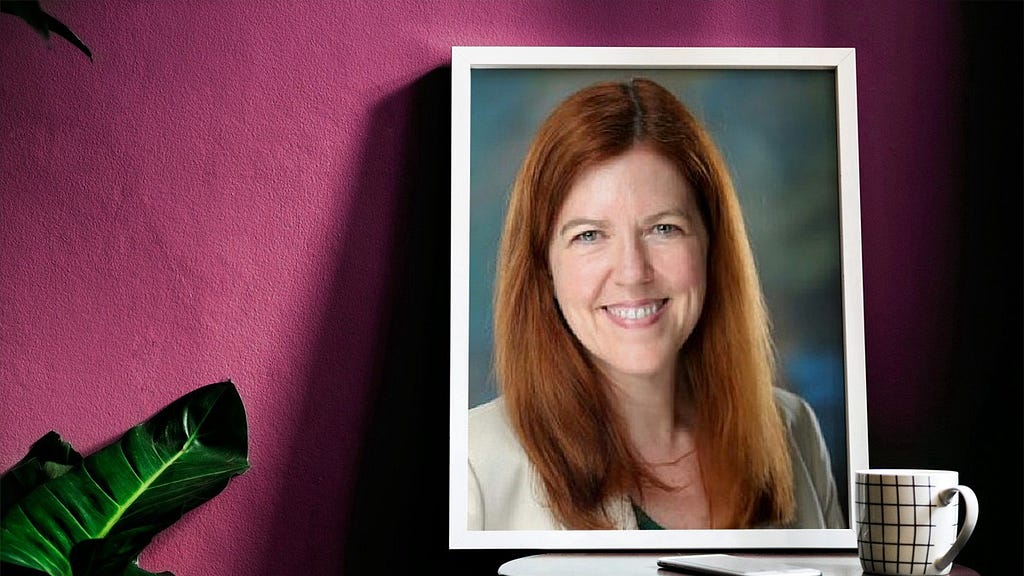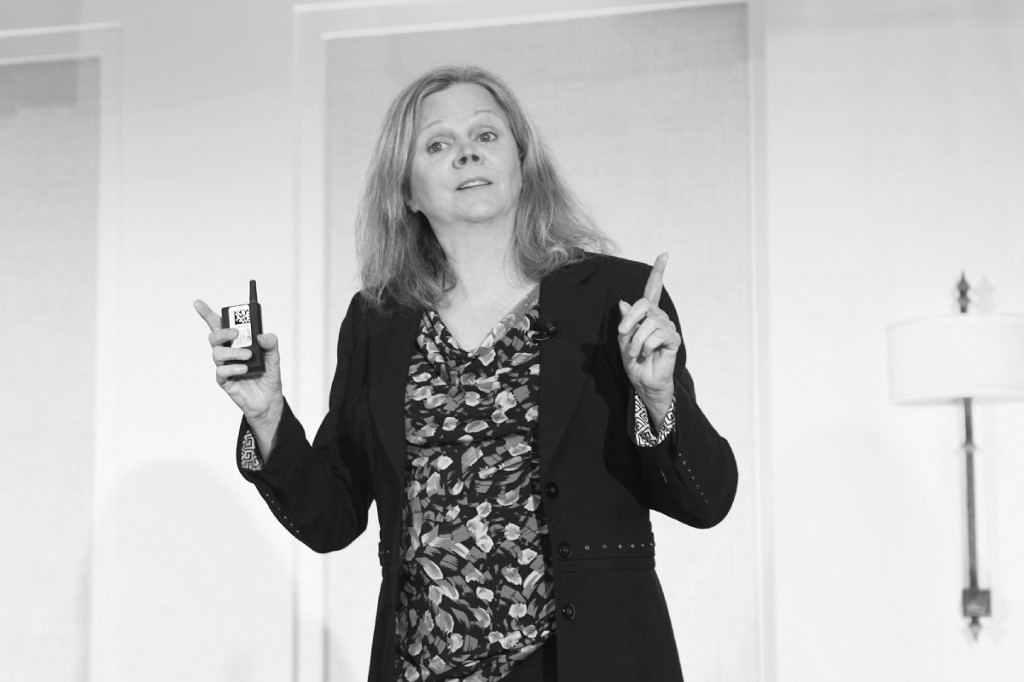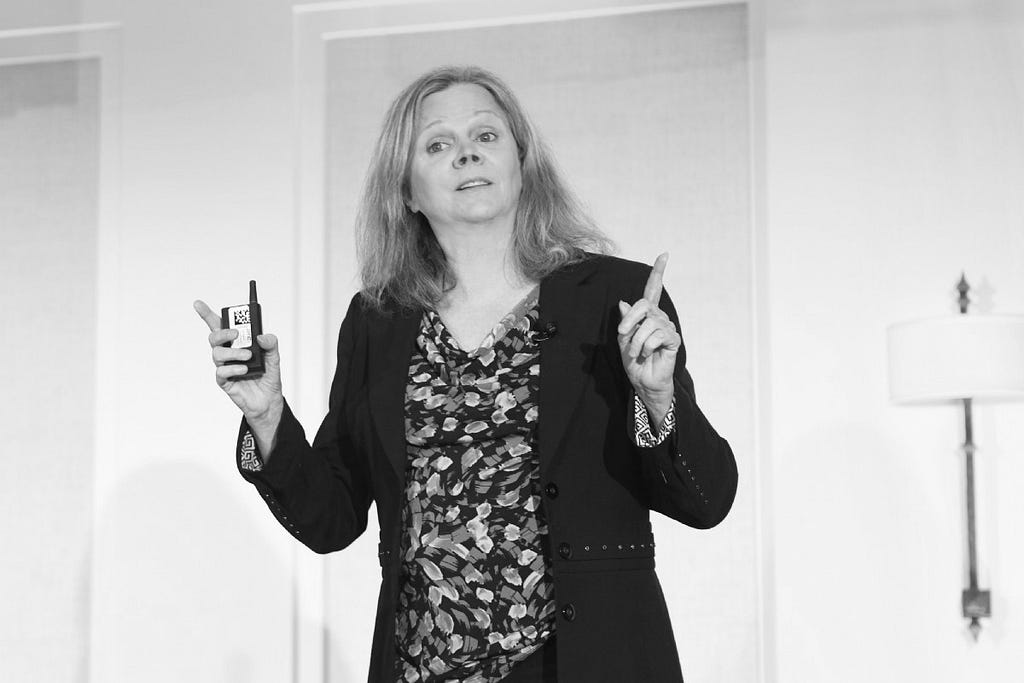Judi Fox of the LinkedIn Business Accelerator Method: How to Use LinkedIn To Dramatically Improve Your Business

One of the most powerful changes we could make in this world is to inspire a movement of radical empathy. I believe we are all more than a job title or a position we hold in a company. Every single one of us can step into a leadership mindset and show up with empathy in every situation. This empathy would change the tone of the toughest conversations we have in our world right now and we would be able to connect better with each other and live more fulfilling lives.
As part of my series of interviews about “How to Use LinkedIn To Dramatically Improve Your Business”, I had the pleasure of interviewing Judi Fox.
Judi Fox has generated over 5 million views on LinkedIn in the last 2 years, and has been featured in Inc.com, CEO Magazine, VidSummit, Video Marketing World, People of Video, Top 100 Marketing Podcasts and more.
With a degree in Chemical Engineering and over 18 years’ experience in business development and sales, Judi Fox developed the LinkedIn Business Accelerator Method. This LinkedIn Business Method helped her gain 3 million views in 8 months, 600 likes & comments per post, and LinkedIn followers that grew from 2,000 to over 30,000.
Clients are now implementing this LinkedIn method to achieve millions of content views in 90 days, PR with Forbes, BBC News, Thrive Global, and build a sustainable business strategy for more opportunities using LinkedIn.
Judi Fox’s superpower is positioning clients online as an authority in their space, building highly engaged audiences, and getting more inbound opportunities. Judi believes that what we focus on expands and loves taking massive intuitive action in business and life.
Thank you so much for doing this with us! Can you tell us a story about what brought you to this specific career path?
I started my career in 1999 as a Chemical Engineer, with a Master’s in Environmental Management and Business Sustainability working for Fortune 500 companies.
During the 2008 economic crisis, I faced corporate layoffs and decided to pack up all my belongings to live out of a suitcase for a year and travel. That was when I joined LinkedIn and was able to quickly network to contract work while traveling and eventually secured a full-time job offer all through LinkedIn networking. This showed me the power of LinkedIn and maintaining a strong community of support, which can make all the difference in your life and career.
Many people since 2008 have reached out asking me to help them do what I did and that is when I started coaching LinkedIn strategy, business development, and sales, which was the beginnings for creating the foundation for the “LinkedIn Business Accelerator” method that launched in 2018.
Can you share the most interesting story that happened to you since you started this career?
What I find interesting about everyone’s career is hearing how opportunities unfold step-by-step. And when I think back over the years the common thread for the most interesting stories always involves having great conversations with incredible people.
This interesting story is about the power of never knowing how everything will unfold and the work you do today creating content will plant seeds and grow into even more business in the future.
During the start of March 2020, when stay at home orders were being issued in the US and colleges were shutting down, Dino Cattaneo was driving 5 hours to get his daughter from school.
With a long car right ahead he searched online for a leadership podcast to listen to on his drive. He picked the Authentic Leader Podcast with Christopher Jones and scrolled to the first episode he could find interviewing a female leader, which was my episode recorded in October 2019.
After listening, Dino then search for me on more podcasts and found my podcast interview with Rachel Cook, with a live coaching session on how to launch a coaching program recorded on April 2019. Immediately he sent me a message on LinkedIn and became a client a few days later.
I had no idea that those two podcast episodes recorded almost a year ago would bring in a new client on the exact same day that one of my small business clients had to pause all their contracts because of the pandemic.
The reason this story is interesting is because it inspires me to keep going. With so much uncertainty in the world during 2020, it reminds me that the actions we take every day will serve us well into the future.
Can you share a story about the funniest mistake you made when you were first starting? Can you tell us what lesson you learned from that?
When I was launching my most recent business, I had just left a Fortune 100 company and wanted to maintain a professional setting while live streaming and filming video from home.
I was asked to be on a live stream panel with several experts discussing LinkedIn and the show was being broadcast across multiple channels. This was going to be the first show with my new video equipment, including a new microphone, and I was still getting used to all the features.
In the middle of the show, I had to mute my microphone and yell very loudly to my son upstairs because he needed a snack. When I looked back at the screen, everyone on camera had their mouths open in shock. I had accidently pressed the wrong button and the entire panel paused talking because our snack discussion was obviously not on mute.
The best part and the lesson learned is that everyone laughed at it because we are all human and mistakes can happen to all of us. The other lesson learned is to always double check that you really are muted if you ever need to yell during a livestream show.
Which social media platform have you found to be most effective to use to increase business revenues? Can you share a story from your experience?
Focusing on one social media platform is a significant part of what can make that platform effective. The platform that I have been focused on since 2009 is LinkedIn and the amount of business revenue generated is over 7 figures. An impactful moment that really changed my life was when a connection from a previous company saw my LinkedIn post about looking for opportunities to partner with small consulting firms. They generously reached out and connected me directly with the CEO of exactly the opportunity I mentioned in the post.
Even though the CEO lived over 6 hours away, I coordinated a trip for me and my baby to travel through his city on the way to visiting family. We met up at a coffee shop near his office and with 1 year old on my lap we had a business meeting, discussed working together, and ended up developing a contract agreement that supported his business and ultimately helped me take my consulting business to the next level.
This story really demonstrates how using LinkedIn can get you direct access to higher level executives and decisions makers at companies and your network can connect you opportunities that can dramatically improve your business.
Let’s talk about LinkedIn specifically, now. Can you share 5 ways to leverage LinkedIn to dramatically improve your business? Please share a story or example for each.
If you are able to focus on these top 5 ways to leverage LinkedIn it will create results quickly:
Create a Profile Cover Image that Sells You
This area of LinkedIn is often overlooked as an incredible way to convert business and grow your network. For example, I created a post with this advice, and it has reached over 1/2 a million views, shared 200 times, and featured in LinkedIn Learning courses.
The moment people create a cover image built to sell them it changes their experience on LinkedIn and dramatically improves their business.
Leverage the Featured Section with 2 to 4 Media Files.
Advice and examples to make the most of this Featured Section to convert more business, include: Calendar Link to Book a Call, LinkedIn Posts & Articles, Website, Webinar, Testimonials, Book to Purchase, YouTube Video, and Podcast Link.
LinkedIn Video.
In 2017, LinkedIn added the ability to upload video directly to the platform. Because video is such a powerful sales tool it changed the platform overnight. Video increases the speed at which you can make and develop stronger connections with connections and clients.
LinkedIn Company Page.
The new features being rolled out for LinkedIn and using them on your personal profile and company pages has been shown to greatly increase traffic to your website and convert to more business and client conversations. One client with less than 1,000 followers saw an increase in online visibility and a 500% increase in website traffic after only one month of activity on their company page. Several of the more recent features; include, LinkedIn Events, LinkedIn Live, Polls, and now LinkedIn Stories in 2020 and I think it is critical to develop a business strategy for LinkedIn Company Page content.
Personal or Company Hashtag
The consistent focus to grow a personal or company hashtag is a frequently under-utilized area of LinkedIn. Using your own personal hashtag means that anyone following or using the hashtag to post or talk about your company or brand gets you more sustainable visibility. Growing the hashtag #foxrocks has helped my brand maintain visibility and continue to generate business even if I take a vacation or schedule time offline.
Because of the position that you are in, you are a person of great influence. If you could inspire a movement that would bring the most amount of good to the most amount of people, what would that be? You never know what your idea can trigger. 🙂
One of the most powerful changes we could make in this world is to inspire a movement of radical empathy. I believe we are all more than a job title or a position we hold in a company. Every single one of us can step into a leadership mindset and show up with empathy in every situation. This empathy would change the tone of the toughest conversations we have in our world right now and we would be able to connect better with each other and live more fulfilling lives.
Some of the biggest names in Business, VC funding, Sports, and Entertainment read this column. Is there a person in the world, or in the US with whom you would love to have a private breakfast or lunch with, and why? He or she might just see this if we tag them 🙂
Someone that I admire and would love to discuss topics like leadership, courage, and courage is Brené Brown. It would be incredible to have a heart to heart conversation and potentially even record a podcast episode for The Judi Fox Show: Level Up Your Business with Heart and Humor. I know a conversation with Brené would impact my life, our conversation would impact other people’s lives, and create a leadership ripple effect. I believe we can all show up as the leaders we wish to see in the world.
Thank you so much for these great insights. This was very enlightening!
Judi Fox of the LinkedIn Business Accelerator Method: How to Use LinkedIn To Dramatically Improve… was originally published in Authority Magazine on Medium, where people are continuing the conversation by highlighting and responding to this story.


